Are High Schools Preparing Students for the Real World?
For today’s high school students, change is the only constant. They navigated a global pandemic that challenged their mental health and social structures. They will graduate into a job market filled with upheaval following the COVID pandemic. In the face of so much uncertainty, it’s more important than ever for our students to graduate with the necessary life skills to meet whatever challenge they’ll encounter.
We polled our community of students, teachers, parents, and employers from across the country about whether high school is preparing students for success in the real world. More than 300 people responded, and overall, most don’t think high school is successfully preparing students for real life.
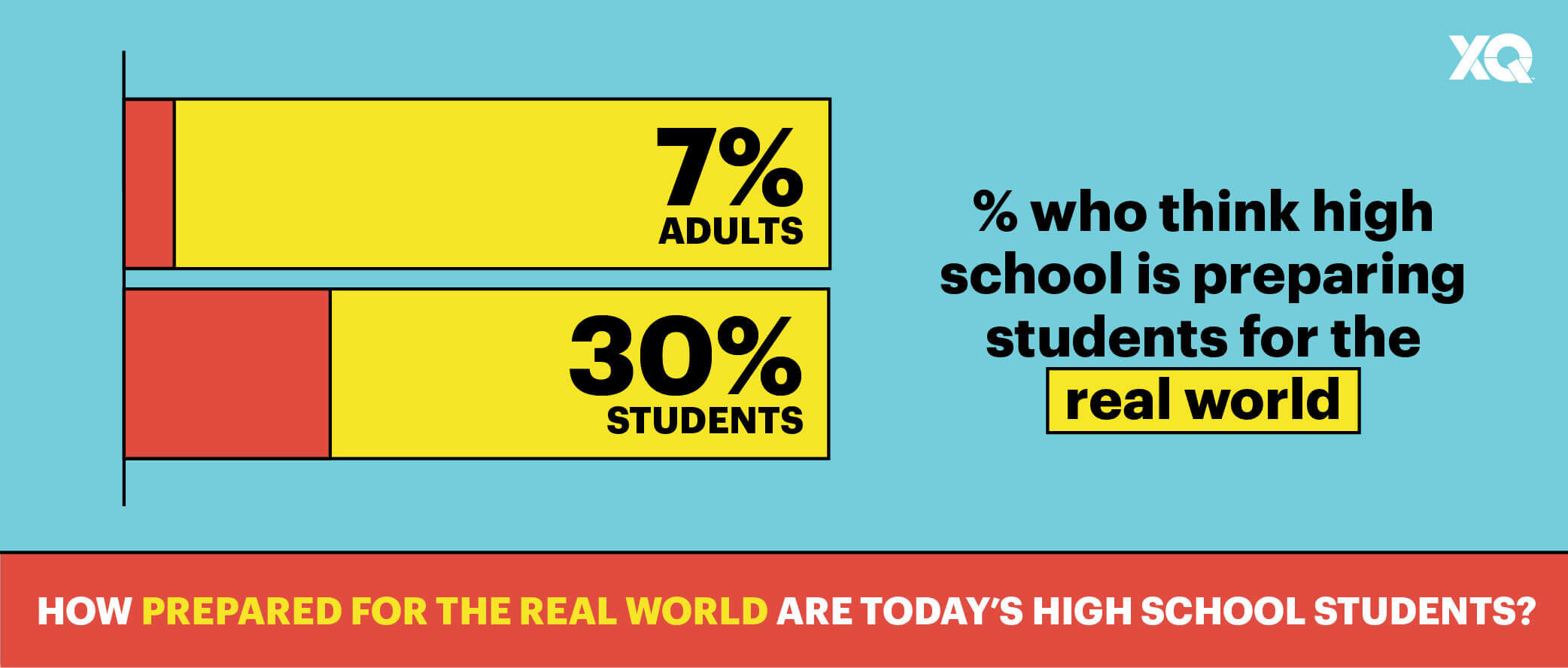
This tracks with 2022 data from a survey by Cengage, finding that 65 percent of employers were struggling to find talent. The respondents revealed a contradiction: even though they required college degrees, they ranked skills training credentials (43 percent) and real-world experience (28 percent) more important than a two- or four-year degree (26 percent) when considering an entry-level candidate. High schools can play an important role in providing more of those experiences through internships, apprenticeships, and work-based learning.
We used the results from our audience poll to launch a series of conversations with different education experts about how high schools can better prepare all students to graduate with the skills and opportunities to pursue the futures of their choice.
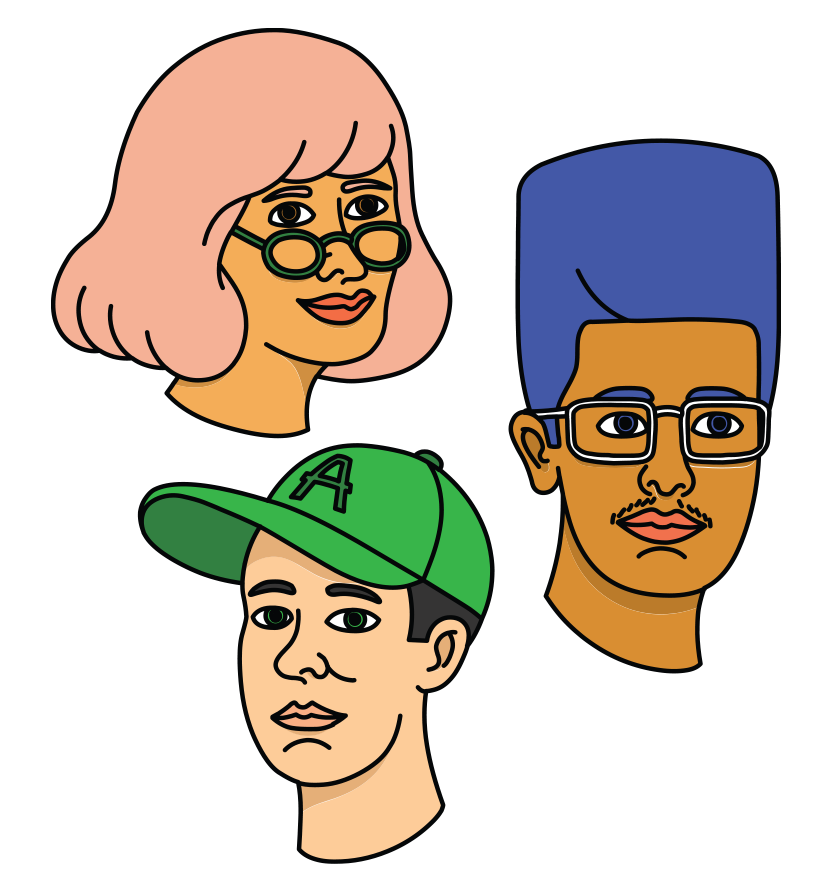
Does school prepare students for the real world?
When we asked students in our audience poll to rank how prepared they feel for the real world on a scale of 1-5, with 5 being the highest rating, only 30 percent rated their preparedness at a 4 or a 5. This is a low number, not even a third. That wasn’t surprising to the educators and researchers we spoke with, especially considering students’ recent lived experiences.

“‘The real world’ is undergoing rapid change, which can be daunting as well as exciting. Near the end of 2022, the world got an up-close look at how artificial intelligence can now craft essays and poetry, write code, even pass the bar exam. Imagine trying to envision the world in ten years, in 20 years, if you are a teenager thinking about how to prepare for the ‘real world’ after high school.”
– Craig Jerald, XQ Consultant and former vice president for policy at the College Board.
This uncertainty is clear in the job market students will face after graduation. A 2021 report from McKinsey & Company on the future of work after COVID-19 showed how jobs performed by humans are becoming increasingly automated. The pandemic accelerated this shift: the report found that up to 25 percent more workers than previously estimated may need to switch occupations.
At the same time, a significant number of high school students will graduate and immediately enter the workforce. A 2020 report from the National Center for Education Statistics found a third of all high school graduates are not going straight to a two- or four-year college. This trend appears to be on the rise as a result of the COVID pandemic, as even fewer high school grads head straight to college. Those students, in particular, will need to graduate with work-ready skills.
Yet, high schools overall have not adapted to the changing workforce. Most comprehensive high schools don’t provide adequate opportunities for students to gain real-world experience through career and technical education programs. As a result, students don’t get the chance to develop their skills or explore potential career paths. This might be why only 7 percent of the adult, non-student respondents to our audience poll rated high school students’ preparedness for the real world at a 4 or 5, the top two scores. They’ve experienced or witnessed the lack of preparation as employers, colleagues, or educators.
In school, students face outsized pressure to succeed on standardized tests. But these tests often do a poor job of reflecting what young people actually know and are able to do, while also failing to encourage the kind of meaningful, engaged learning students need to succeed in real-world situations. “Students are sitting in our high schools the same way that they did 100 years ago when we have internship opportunities, we have career pathways that can be explored in 9th grade,” U.S. Education Secretary Miguel Cardona said in 2022 on the podcast version of “The Problem with Jon Stewart.”
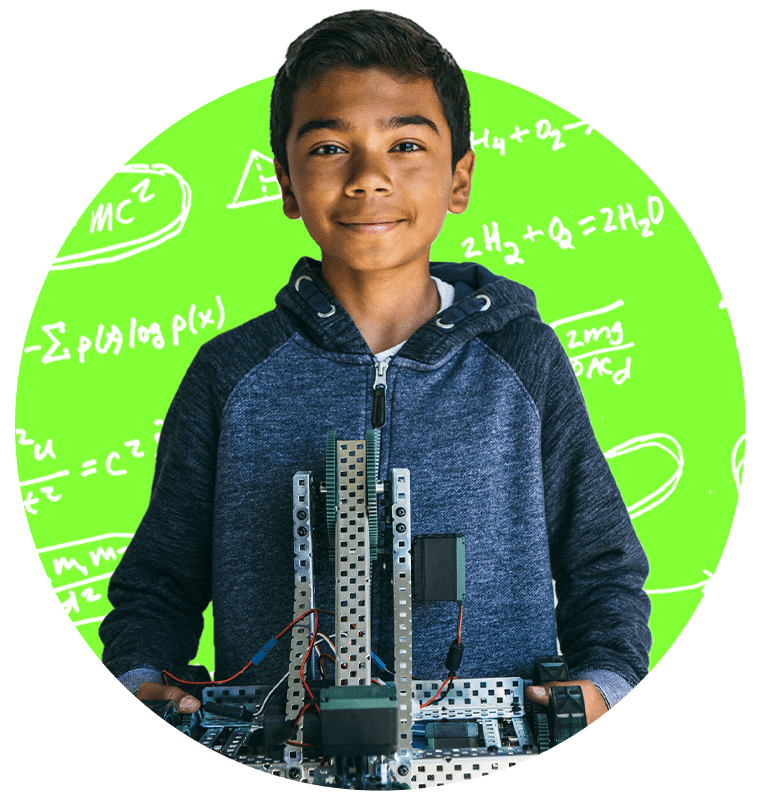

“We’ve gone so far away from thinking about how students learn in community, how they learn in collaboration with one another independently. I can’t tell you how often I’ve learned by arguing with somebody.”
– Jose Vilson, executive director of Educolor.
Vilson, a veteran New York City teacher at Educolor, agrees with other educators and labor experts who say high school should give students authentic opportunities to develop in-demand skills like critical thinking, adaptability, creativity, problem-solving, and collaboration.
This need was amplified by the declining 8th grade scores in civics and U.S. history on the National Assessment of Educational Progress, or NAEP (also referred to the Nation’s Report Card)—meaning they weren’t prepared for the higher level work required in high school.
The average score dropped 5 points on the NAEP US history assessment between 2018 and 2022. This continued a trend of declining scores that began in 2014. Just 14 percent of 8th grade students scored at or above the NAEP proficient level in US history. And the average score on the 2022 civics assessment declined by 3 points since students last took the test in 2018. Only 22 percent of 8th graders scored at or above the NAEP Proficient level in civics.
“Education leaders and policymakers must create opportunities for students to gain the knowledge and skills they need to catch up and thrive,” said Beverly Perdue, National Assessment Governing Board chair and former North Carolina governor when the results were released in May 2023. “The students who took these tests are in high school today and will soon enter college and the workforce without the knowledge and skills they need to fully participate in civic life and our democracy.”
In another distressing sign, the NAEP Long Term Trend assessment found math and reading scores for 13-year-olds also fell in the 2022-23 school year to some of their lowest levels in decades.
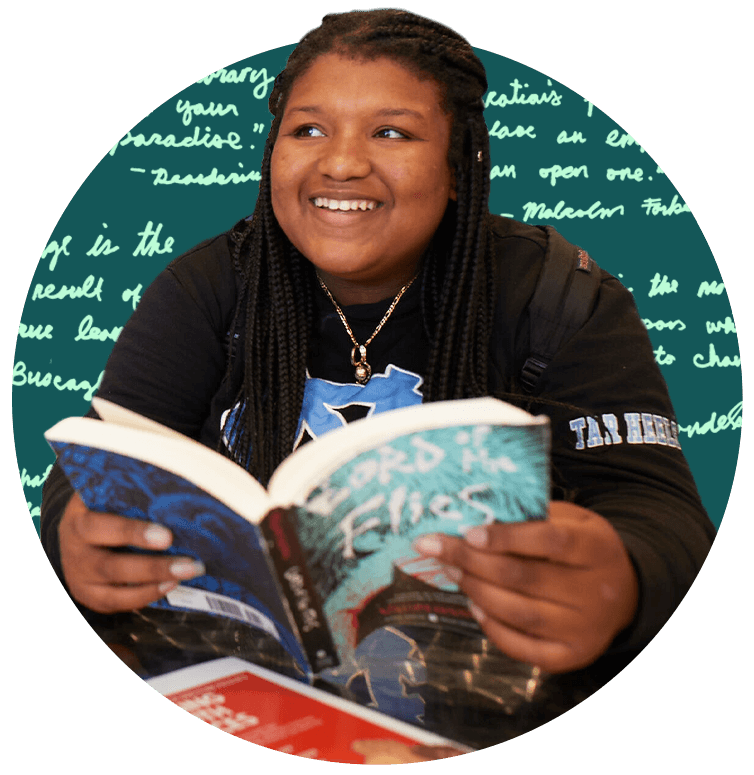
Why is it important to prepare for life after high school?
High school should prepare students not just to meet the future but shape it. No high school curriculum can prepare students for every challenge they might encounter. But the experts we spoke to agree: by preparing students with adaptable, real-world skills and competencies, schools can set students up to pursue lives of choice and purpose.
XQ defines these skills through our research-based Learner Outcomes: concrete, relevant knowledge and skills that students can apply to succeed in a 21st-century context. By designing learning around these goals, schools can prepare students to meet the future. Drawing on research, existing academic and social-emotional frameworks, and practical expertise, we’ve identified a set of competencies and sub-competencies that align with our learner outcomes.

-Lauren Bierbaum, Head of Data, Research, and Evaluation at XQ Institute.
Washington Leadership Academy (WLA), an XQ school in Washington, D.C., uses the learner outcome Masters of All Fundamental Literacies to prepare students for high-wage STEM jobs. At WLA, all students take four years of computer science, with opportunities to build their skills through real-world internships. WLA also challenges students to take on meaningful issues in their community and supports them as Original Thinkers for an Uncertain World, another learner outcome. For example, one class of students focused on the question, “How do social justice movements work?” ultimately creating a guide for the next social justice movement. After four years of computer science, including computational art and computational music, 2022 WLA graduate De’Von said he felt “probably more prepared than any other kid in America” as he graduated and headed to Morehouse College.
De’Von’s experience is an example of what can happen when high schools design learning around relevant skills and competencies. XQ has identified six research-based Design Principles for successful schools—which include Youth Voice and Choice.
“Most high schools don’t provide students with much voice, choice, and independence in what and how they learn, nor do they ask students to work collaboratively in teams that tackle authentic problems or challenges,” said Jerald. He examined data on the 1,721 graduates of XQ’s 16 original Super Schools and found that “about 84 percent said they felt prepared for their future, and half of those students cited collaborative skills they developed in high school as a big reason why.”
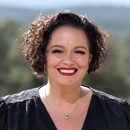
– Keri Rodrigues, president of the National Parents Union.
Crosstown High, an XQ school in Memphis, Tennessee, prepares students for life after high school through a curriculum that’s built around competencies. Located in the Crosstown Concourse, Crosstown High shares space with businesses, non-profits, health facilities, and civic groups. Through close collaboration with community partnerships—like working with a local graphic designer to design logos for a student-run business, or collaborating with a local elementary school to design a sensory walk for kids—students gain exposure to a wide range of future options and develop a sense of their own future goals.
These experiences position students with the confidence and self-knowledge they need to meet the challenges of the future. As Crosstown 2022 graduate Ava explained: “What I’ve realized in my past four years here is that learning isn’t just English, math, science, and history. It really is learning about yourself, learning about how you interact with everybody else in the environment around you.”
How do you prepare students for the real world?
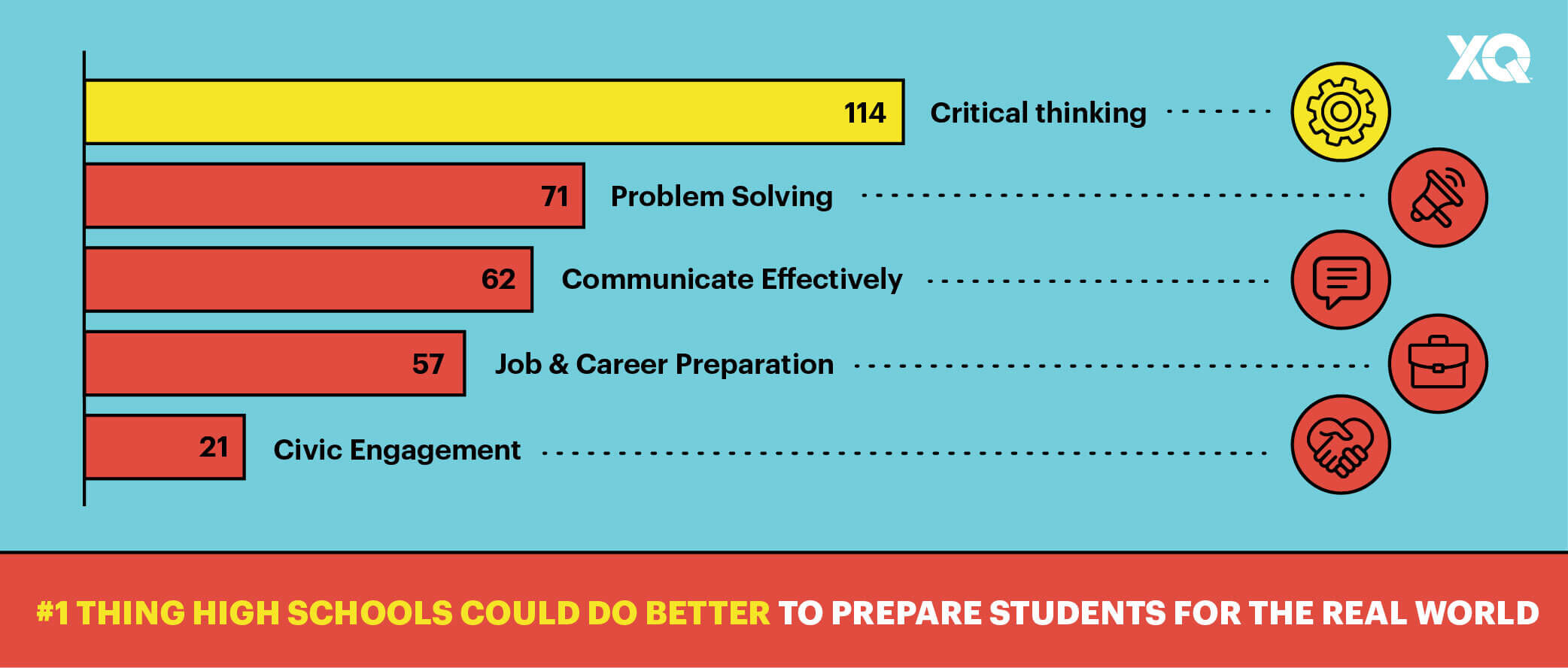
These are among the most important skills cited by the U.S. Department of Labor, which also lists professionalism, networking, and enthusiasm.

– Dan Domenech, executive director of the American Association of School Administrators.
The best way to teach these real-life skills is to give students opportunities to develop them in real-world contexts. As noted earlier, schools can provide these opportunities through Community Partnerships another one of XQ’s Design Principles. Through partnering with cultural institutions, local businesses, nonprofits, and colleges and universities, schools can give students the opportunity to apply their learning outside the traditional classroom environment.

– Chelsea Waite, senior researcher at the Center on Reinventing Public Education.
Waite has been studying different designs for learning at many types of schools with the Canopy Project. “The division of ‘high school’ and the ‘real world’ is a real culprit here,” she said when asked about the low levels of confidence students and adults in our poll expressed about the ability of U.S. high schools to prepare students for the future. “No one can be adequately prepared for a new stage of life when nothing about their current reality resembles what they’re about to encounter. High schools can, and should, be places where students are living and learning in the real world, and learning to navigate the systems and institutions they’ll encounter throughout their lives.”
This is why XQ encourages nontraditional approaches to when, where, and how high schoolers learn—a design principle we call Smart Use of Time, Space, and Technology. Schools can break away from science, history, and other single-subject periods, the way the XQ school Purdue Polytechnic High School in Indiana has done, by combining different subjects in longer blocks with project-based learning and through partnerships with local industries and nonprofits.
Círculos—an XQ school in California’s Santa Ana Unified School District—uses community partnerships to prepare students to succeed after graduating, most of whom are first-generation Americans and qualify for free or reduced-price lunch. Past projects have focused on public arts, reducing community consumption of single-use plastics, problematic representation of Black and Latino people in the media, and drought preparation in California. Students develop and pitch ideas for these projects based on community needs. In doing so, they develop critical thinking and problem-solving skills and practice communication by presenting their ideas to partners.
Rodrigues, of the National Parents Union, said more high schools should be looking outside their walls for ways to give students important learning experiences. “These are the skills that kids really need to be able to access opportunity” beyond their educational background, she said, referring to “the skills to keep a job and to be successful in a job, and to blossom and thrive.”
All the things that we want our kids to do, but we give them no practice,” she added. And frankly, having that real-world experience where [you see] what it’s like to actually be in the workforce and have those real-life examples, you also get the opportunity to figure out—is this what I really want?
Domenech pointed to High School District 214 in Cook County, Illinois as an example of breaking down the barriers between high school and the real world to give students valuable, hands-on experiences. The district’s innovative Youth Apprenticeship provides concrete job skills and training to students beginning their junior year of high school. Domenech described the goals of the program: “You want to go into medicine? Well, guess what? You’re going to spend a couple of days a week in the hospital, trailing a nurse or trailing a doctor and finding out what it’s really like.”
Students in the program receive paid job training, as well as college coursework and mentoring. Ultimately, students who complete the program receive an apprenticeship certification or a youth apprenticeship certification in addition to up to a year of college credits. Student Edin Hozic described a cybersecurity internship in an article for the district’s blog: “It gives us hands-on experience. We can really see what these industry professionals are doing and how they are using these programs to secure these networks and systems. I really value the overall experience we gain here.”
More schools are following suit. Maryland will invest $12 million of pandemic stimulus funds into expanding access to apprenticeship programs in high school through a new grant program, Maryland Works. Currently, only 7 percent of Maryland high school students graduate with apprenticeship credentials; this investment will help Maryland meet its ambitious goal of graduating 45 percent of students with apprenticeship credentials by the 2030-31 academic year.
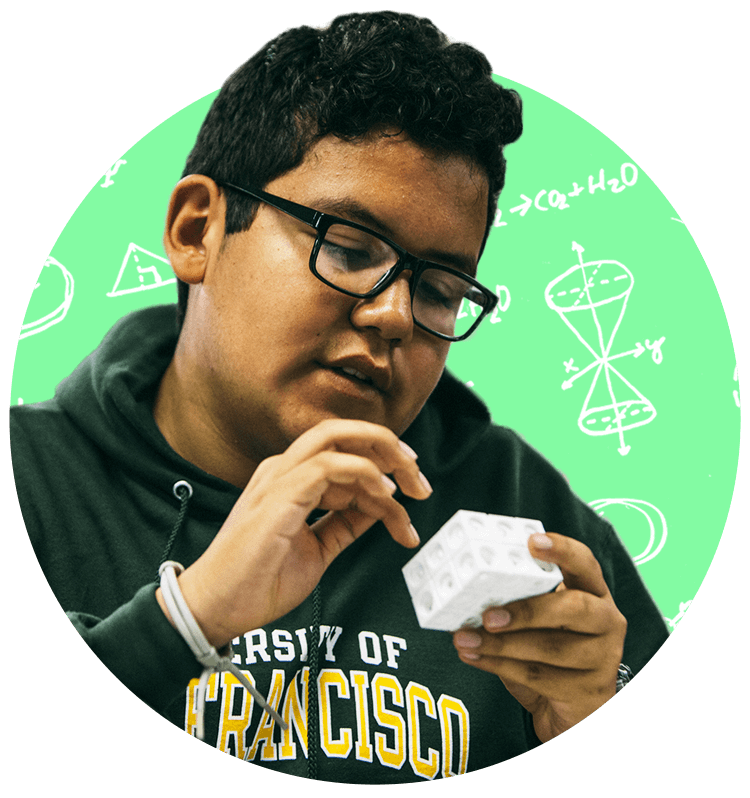

- Engage students in real-world projects with industry partners
- Use rigorous coursework to prepare students for real jobs
- Align design principles with internships
What skills do students today need to be successful in life?
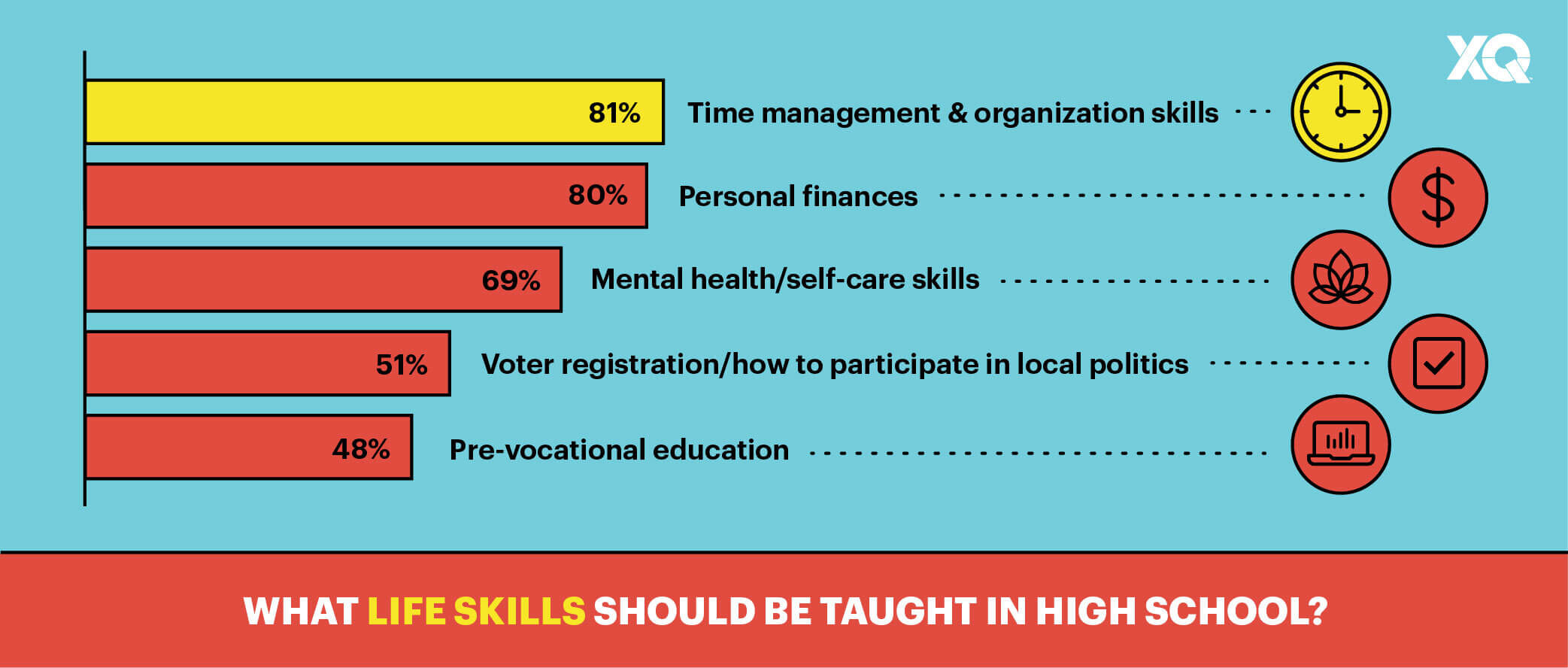

– Yolanda Fordham Director of the Liberty Partnerships Program at NYU.
In New York State, the Liberty Partnerships Program (LPP) provides students with services designed to improve their ability to graduate from high school and enter postsecondary education and the workforce. This is especially important for students at risk of dropping out of school. Fordham, who directs the LPP at New York University, said, “Services begin with a socio-emotional assessment, followed by intervention strategies provided in partnership with the school. Personal Learning Plans (PLPs) are developed with students to generate academic, college, career, and personal goals. The PLP is revisited at least three times per year.”
This personalized approach to supporting students’ social-emotional wellness aligns with another XQ Design Principle: Caring, Trusting Relationships. “Research tells us that having even just one close relationship at school can do wonders for supporting students’ learning and development,” said Bierbaum.
For example, at Da Vinci Rise High School, an XQ school in Los Angeles, California, students build relationships with adults through advisory group meetings, one-on-one personal check-ins, and wellness hours. RISE serves students navigating foster care, housing instability, probation, and other disruptive circumstances. Focusing on relationships helps these students build real-world social and emotional learning (SEL) skills around mental health and self-care, like meditation and mindfulness.
Schools can also empower students with real-life skills by giving them more responsibility for their own learning. That’s the idea behind youth voice and choice: giving students a say in what and how they learn. Experts believe students need a chance to develop these tools in high school in order to succeed wherever they go next.
“Consider that students from PK through 12 have their time more or less managed for them,” said Vilson. “And students are generally never too far away from the class that they have to go to next. So, they hear a bell, and they generally know that they have to go to another class and that they have to follow a program. …So then when they get to college, they’re pretty much told, ‘Hey, here’s the schedule, but there’s not going to be a bell.”
At Grand Rapids Public Museum School (GRPMS), a district school in Grand Rapids, Michigan, that partners with XQ, students take leadership over their own learning. Located inside the home of the former Grand Rapids Public Museum, the school’s students have a high degree of freedom in completing projects, often in conjunction with community partners. For example, students designed and built their own rockets while learning about the history of the Space Race. Learning at GRPMS is competency-based: students progress through content based on their mastery of the material, not the time they’ve spent in their seats, and students play a leading role in guiding and evaluating their own learning.

Jerald summed up the core tenets behind GRPMS’s approach to teaching real-life skills alongside academics: “Position learning within the broader community, require students to interact with adults outside the school as part of their learning, and challenge students to engage in interdisciplinary, collaborative projects with real-world connections. High schools need to do that as an integral part of their core instructional model, not as just one special class or an extracurricular activity.”
The success of this approach is borne out in the student experience. One 2022 graduate, Aeden, told XQ, “It would definitely help you develop more in your time management skills as well as … in your cognitive thinking.” He added, “From my understanding of traditional schools, that isn’t something that is usually emphasized a lot because there’s a specific structure you have to follow.”
Another GRPMS graduate, Christopher, expanded on this concept: “I talked with some people from research professions at Grand Valley State University and learned more about what they did to get where they are and what they do as scientists and just overall how they function in society,” he said. “And that’s helped me a lot just understanding how disciplined I need to be, working with time management, but also just preparing me to learn on my own, since it was a completely self-led project.”
Takeaways
The consensus from our community and from expert perspectives is clear: too many of today’s high schools aren’t preparing students well for real life. Their students graduate without the skills to set and achieve their goals for the lives they want to live, in terms of career, post-secondary education, or their role in their community.
It’s impossible to predict every challenge students will face when they enter the real world. But success stories from high schools across the country show that, with creativity and bold thinking, school leaders and teachers can set students up with the skills, adaptability, and resilience to meet whatever the future holds. To better prepare students for the real world, schools can:
- Build community partnerships that connect students with real-world contexts
- Increase opportunities for self-directed learning, where students learn crucial life skills like organization, problem-solving, and critical thinking
- Integrate social and emotional learning (SEL) to support students’ mental health and cognitive development

At XQ, we’ve designed a series of open-sourced tools to help schools prepare students for the demands and challenges of the real world. Our research-backed Design Principles are foundational to the design of XQ schools across the country, and can help school leaders rethink how to better design their school structures. We have also developed the Design Principles Rubric to help teams assess where they are in their design journey.
Likewise, the XQ Learner Outcomes are research-based, comprised of concrete, relevant knowledge and skills schools can use to support and plan student outcomes. XQ’s 37 Competencies can help educators identify the granular skills students will master as they prepare for an ever-dynamic, increasingly complex 21st century world.
To start a conversation about how to transform your school, watch this video and check out XQ In a Box.

For more on how high schools can prepare students for the future, explore our posts:
- High School and the Future of Work, a policy guide
- How Schools Use SEL to Prepare Students for an Uncertain Future
- From the Classroom to the ‘Real World’
- How LAB Internships Are Setting Up Scholars for Success Inside and Outside the Classroom
- How Youth Climate Activist Jerome Foster II Became the Voice for One Million Young People
- Project-Management for the Brain: Teaching Executive Functioning Skills for Students
- How Going to High School in the Pandemic Affected Us When We Got to College
- High School Graduates: Preparing for Your Next Step, tips for students
Sign up for our newsletter
Get the latest educator insights and practical classroom tips every other week, direct from the XQ community
Follow us to #RethinkHighSchool